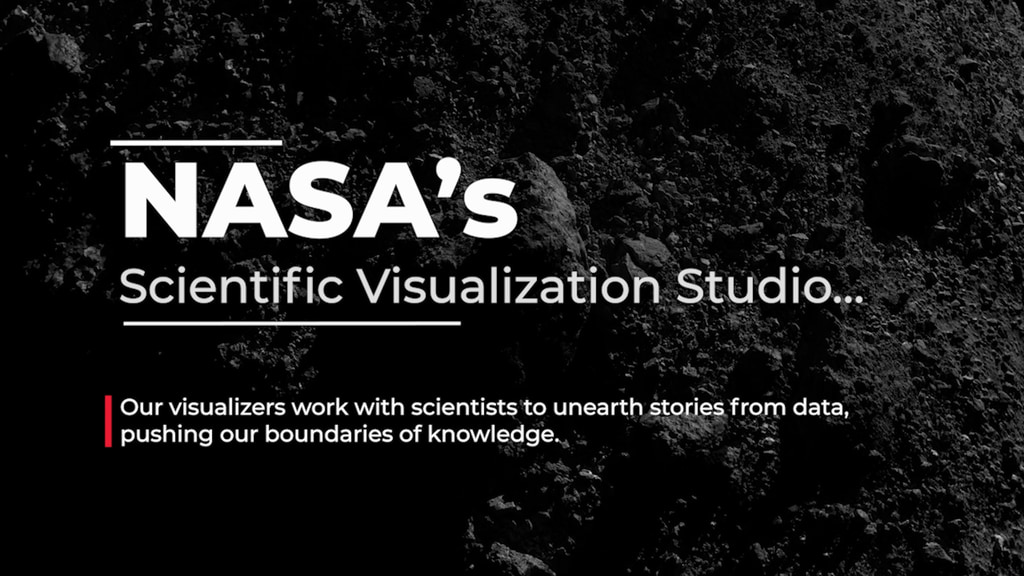TEMPEST-D / RaInCube Sees Typhoon Trami
Typhoon Trami as seen through TEMPEST-D and RainCube on September 28, 2018.
TEMPEST-D and RaInCube are part of the next generation of small satellites called cubesats. Together these tiny satellites can generate some big results. This data visualization shows how TEMPEST-D and RainCube satellite data can be used in conjunction with each other to provide both horizontal cross-sections as well as a vertical slice through significant weather events such as Typhoon Trami.
Credits
Please give credit for this item to:
NASA's Scientific Visualization Studio
-
Data visualizers
- Alex Kekesi (Global Science and Technology, Inc.)
- Horace Mitchell (NASA/GSFC)
- Greg Shirah (NASA/GSFC)
-
Advisor
- Kevin Hussey (NASA/JPL CalTech)
-
Producer
- Veronica Backer Peral (JPL)
-
Scientist
- Shannon T. Brown (JPL)
-
Technical support
- Laurence Schuler (ADNET Systems, Inc.)
- Ian Jones (ADNET Systems, Inc.)
Release date
This page was originally published on Tuesday, December 15, 2020.
This page was last updated on Monday, January 6, 2025 at 12:05 AM EST.
Datasets used
-
Precipitation (Ka-band Radar) [CubeSat: RainCube]
ID: 1091
Note: While we identify the data sets used on this page, we do not store any further details, nor the data sets themselves on our site.
